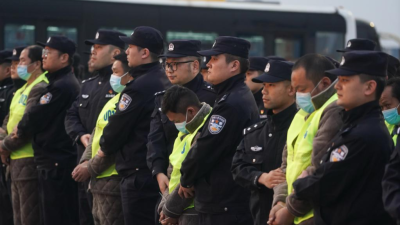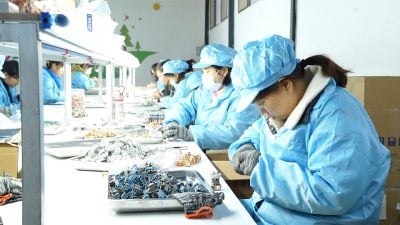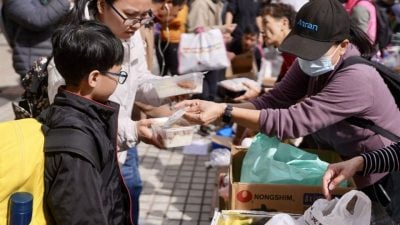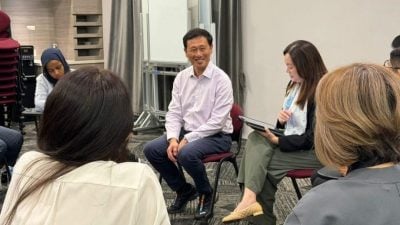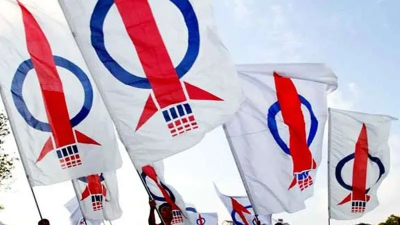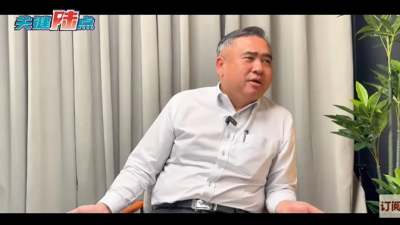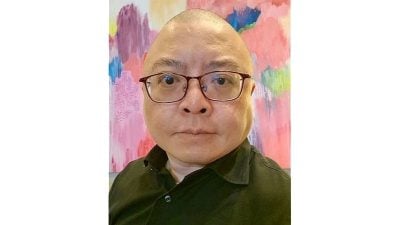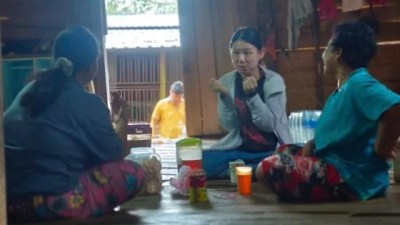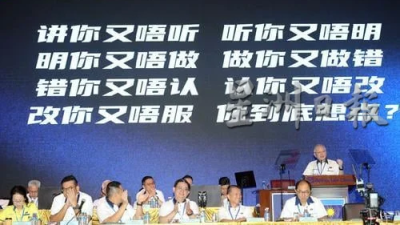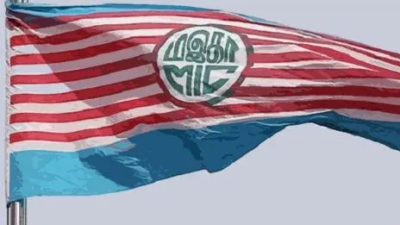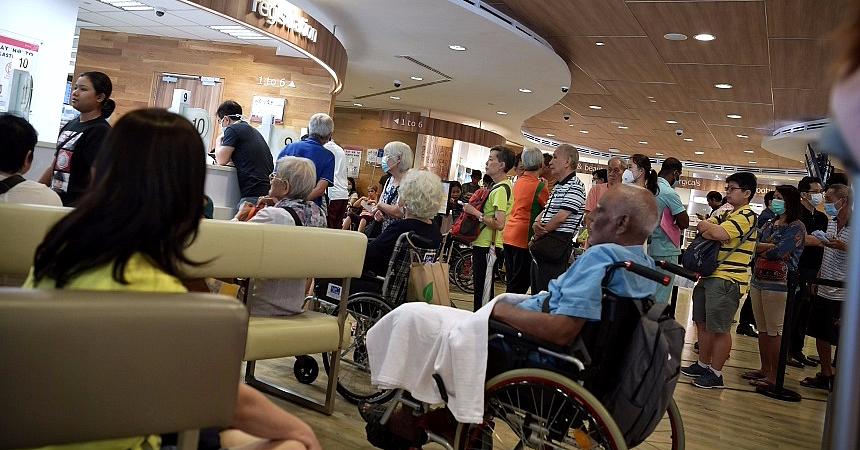
SINGAPORE: From October, more people will benefit from government healthcare subsidies, including at public hospitals, specialist clinics and dialysis centres.
Health Minister Ong Ye Kung announced on Sept 30 that subsidies will be extended to people from households with higher incomes.
The monthly per capita household income (PCHI) threshold for each subsidy tier will be raised by $100 to $800 (RM323 to RM2,580).
PCHI is the total household income divided by the number of family members living under the same roof.
For instance, the 80 per cent subsidy for C and B2 wards at public hospitals would be given to those with PCHI of up to $2,100, from $1,800.
For a family of four, this works out to a household income totalling $8,400, up from $7,200.
Aside from acute hospitals, the higher subsidies also apply across the range of healthcare services, from MediShield Life premiums to devices for seniors such as hearing aids and wheelchairs.
More people will qualify for the Chas (Community Health Assist Scheme) Blue card, with the PCHI being raised from $1,200 to $1,500.
The PCHI to qualify for the highest MediShield Life health insurance premium subsidy will also go up from $1,200 to $1,500.
In addition, the subsidy rates for community hospitals and palliative care in both hospitals and the community will be raised to match those at acute hospitals.
Patients themselves or their loved ones sometimes prefer that the patients stay in acute hospitals, where there is greater assurance of government financial support, Mr Ong said. So patients are reluctant to move to community care settings.
“This paradigm has now shifted. We should subsidise community care at least at the same level as hospital care, if not more. That way, we encourage the right-siting of patients,” he added.
“In fact, it is often in the interest of patients to quickly move to community settings where they can get the right rehabilitation and social support, which is what they need most at that stage of their recovery.”
To this end, subsidies for community hospitals will be the same as those for public hospitals from Oct 1, in tandem with the revised monthly PCHI thresholds.
Under the enhanced community hospital subsidy framework, Singapore citizens will get subsidies of at least 50 per cent, up from 30 per cent under the current framework, said the Ministry of Health (MOH).
While there are currently subsidies of up to 75 per cent for inpatient palliative care and up to 80 per cent for home palliative and day hospice care, some people do not receive subsidies at all.
MOH will align the subsidy rates for palliative care to those of acute hospitals, with a minimum of 50 per cent, and up to 80 cent from Oct 1.
The list of subsidised diagnostic services at community hospitals will also be expanded progressively, with a view to eventually align this with the list of subsidised diagnostic services at acute hospitals, the ministry said.
This will be rolled out gradually across community hospitals from Dec 1.
With more funding, palliative care capacity in the community will expand, and this would help fulfil the wishes of many terminal patients to leave with dignity and comfort, Mr Ong said.
He was speaking at the launch of the ITE Work-Study Diploma in Nursing, held at MOH on Sept 30.
MOH provides subsidies and grants for Singapore residents to help manage the costs of healthcare, with higher subsidies targeted at lower-income groups.
It was announced in Budget 2024 that MOH would be revising the income criteria for healthcare schemes and grants that are means-tested using the monthly PCHI criteria, to reflect changes in household incomes and cost of healthcare.
The revisions take effect from Oct 1, and up to 1.1 million Singapore residents are expected to benefit from the higher subsidies, said MOH.
Commenting on the changes, Professor Teo Yik Ying, dean of the NUS Saw Swee Hock School of Public Health, said it is important that the PCHI criteria are reviewed regularly to ensure that the thresholds adopted keep pace with inflation and salary increments.
“Otherwise, we end up in a situation where wage changes actually mean people are worse off when they are no longer eligible for subsidies, simply because of a static PCHI,” he said.
“This review is timely in the light of the extraordinary inflation over the past three years and associated wage increments to keep pace with the inflation.”
No action is required by patients, and the higher subsidy rate will automatically apply when a patient incurs subsidised healthcare expenses, said Mr Ong.
ADVERTISEMENT
ADVERTISEMENT






